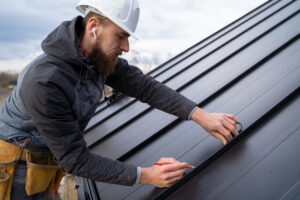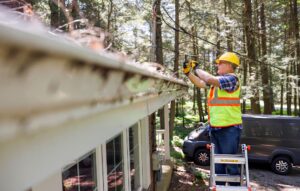Selling a home can feel like navigating a maze, and in Texas, one of the more significant, and often overlooked factors is the age and condition of your roof. While there isn’t a hard and fast “too old” rule, a roof’s vintage plays a pivotal role in everything from buyer appeal to insurance approvals. Understanding these nuances before listing your property can save you considerable stress, time, and even money.
The Buyer’s Perspective
Imagine stepping onto a property with a pristine lawn and fresh paint, only to look up and see a roof that shows its age. For potential buyers, the condition of the roof is not just about shelter; it’s a major capital expense they know they will have to address eventually. An aging roof raises immediate questions about how much useful life is left and the potential for costly repairs or replacement in the near future. Buyers are looking for value and peace of mind, and a roof nearing the end of its useful life often signals future issues, undermining that sense of security.
The Insurance Conundrum
In a state prone to severe weather events like hailstorms and high winds, insurance companies are increasingly scrutinizing roof conditions. Many insurers have specific age limits for roofs they are willing to cover, especially for new policies. It’s not uncommon for a company to deny coverage or demand a significant deductible if a roof is beyond a certain age. Some insurance companies in Texas will not even cover a home with an older roof, sometimes as young as 7-10 years old, which can cause significant issues with securing a loan and ultimately closing on a house.
A mature roof represents a higher risk of damage from the next big storm. If a buyer cannot secure adequate homeowner’s insurance due to the roof’s age, their lender will not approve their mortgage. It’s a fundamental requirement for most home purchases.
Understanding Roof Lifespans and Materials
Not all roofs are created equal, and their expected lifespans vary depending on the material. Asphalt shingle roofs, the most common type in Texas, typically last between 15 and 30 years. Architectural shingles might lean towards the higher end of that spectrum. Metal roofs boast a much longer lifespan, often 40-70 years, while tile roofs can last even longer, sometimes exceeding 50 years. Knowing the material of your roof and its typical lifespan gives you a general idea of its current standing. But environmental factors, maintenance history, and the quality of the original installation all play a role in its actual longevity.
Getting a Professional Assessment
Even if your roof looks fine to the untrained eye, a professional roof inspection is an invaluable step before listing your home. A qualified inspector can assess the roof’s current condition, identify any hidden damage, and provide an estimated remaining lifespan. They can also advise on minor repairs that could extend its life or suggest a full replacement if necessary.
Selling your Texas home requires careful consideration of all its components, and the roof is undoubtedly a star player. Ready to ensure that your roof is a strong asset? At Soto Roofing and Supply, we provide free inspections, expert insurance help, and no-money-down replacements. Contact us today!




